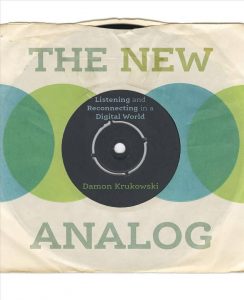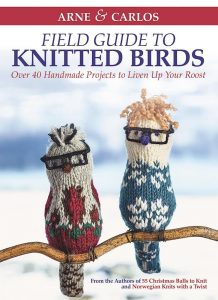Today marks 20 years since Harry Potter and the Philosopher’s Stone was first published. Below, read some staff takes on the impact of the beloved series by J.K. Rowling.
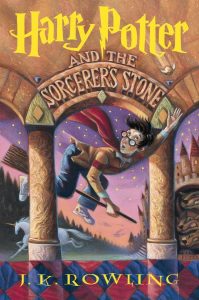 “Harry Potter and the Sorcerer’s Stone is the first book that I remember recommending to a friend, so it is sort of where my librarianship started! To me, the plot was secondary to the wonderful feeling of being enveloped in all the magical details of Hogwarts. At the library, I often use the series as a touchstone when asking teens what features they like in a book, since it is so well loved and known.” – Lucie Ferguson, Teen Library Associate, Waverly Branch
“Harry Potter and the Sorcerer’s Stone is the first book that I remember recommending to a friend, so it is sort of where my librarianship started! To me, the plot was secondary to the wonderful feeling of being enveloped in all the magical details of Hogwarts. At the library, I often use the series as a touchstone when asking teens what features they like in a book, since it is so well loved and known.” – Lucie Ferguson, Teen Library Associate, Waverly Branch
“I’m currently rereading the Harry Potter series for the third time. This is my first time listening to the books though, via OverDrive. The books and movies are very dear to me, literally growing with me as I got older. I was only 5 when the first book came out and was 19 when I saw the last film on opening night. Harry Potter has been and always will be a part of my life.” – Tracey Gilchrist, Circulation Supervisor at Edmondson Avenue Branch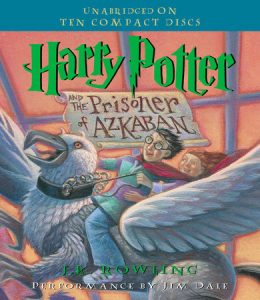
“It’s really hard to believe that the series is turning 20! I recently had a Potter binge because I was feeling nostalgic. I miss hearing about a new book or a new movie. I know Harry Potter is make believe, but I felt like an actual Hogwarts pupil when I read the books. It is quite extraordinary when a really good book can take you beyond its pages. Harry Potter will forever do that for me. I hope new readers can love the series as much as I do. Alohomora your minds to the wonderful world of wizardry.” – Jay Marie LSA/Clerical Roland Park Branch
“”When anyone reads Harry Potter for the first time, it’s clear from the way they talk about it that they are exhilarated. They’re falling into a new, fully formed world with a built in fandom. They know that if they love something or hate something in the books, it’s an experience they can revel in with a community. There’s also the excitement of 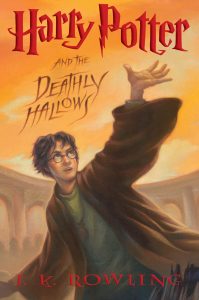 knowing they can binge-read. It’s a world that doesn’t end when you finish the last book.” – Mase Woodland, Librarian, Information Services
knowing they can binge-read. It’s a world that doesn’t end when you finish the last book.” – Mase Woodland, Librarian, Information Services
“I grew up reading the Harry Potter series, my age closely mirroring the ages of the characters. As a kid, Harry, Hermione, and Ron taught me about grit, in life and sports–Quidditch matches were crazy! The Harry Potter and the Deathly Hallows release was also my first book party, which planted the seed that events were something someone somewhere working with books had to plan. I keep finding special ways Rowling’s books have touched my life as I age.” – Tracy Dimond, Social Media Manager/Programming Assistant
Revisit, or fall in love with, the series in multiple formats in our catalog.
